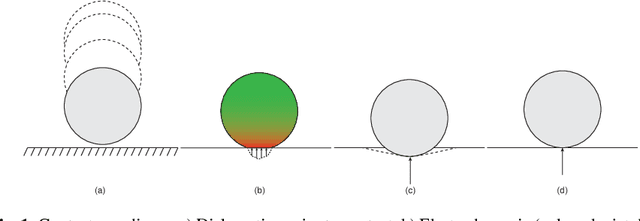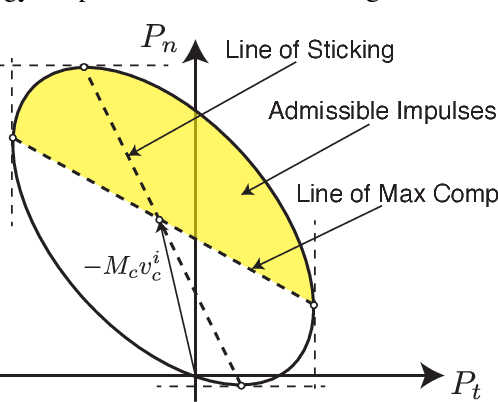Fundamental Limitations in Performance and Interpretability of Common Planar Rigid-Body Contact Models
Paper and Code
Nov 02, 2017



The ability to reason about and predict the outcome of contacts is paramount to the successful execution of many robot tasks. Analytical rigid-body contact models are used extensively in planning and control due to their computational efficiency and simplicity, yet despite their prevalence, little if any empirical comparison of these models has been made and it is unclear how well they approximate contact outcomes. In this paper, we first formulate a system identification approach for six commonly used contact models in the literature, and use the proposed method to find parameters for an experimental data-set of impacts. Next, we compare the models empirically, and establish a task specific upper bound on the performance of the models and the rigid-body contact model paradigm. We highlight the limitations of these models, salient failure modes, and the care that should be taken in parameter selection, which are ultimately difficult to give a physical interpretation.
 Add to Chrome
Add to Chrome Add to Firefox
Add to Firefox Add to Edge
Add to Edge